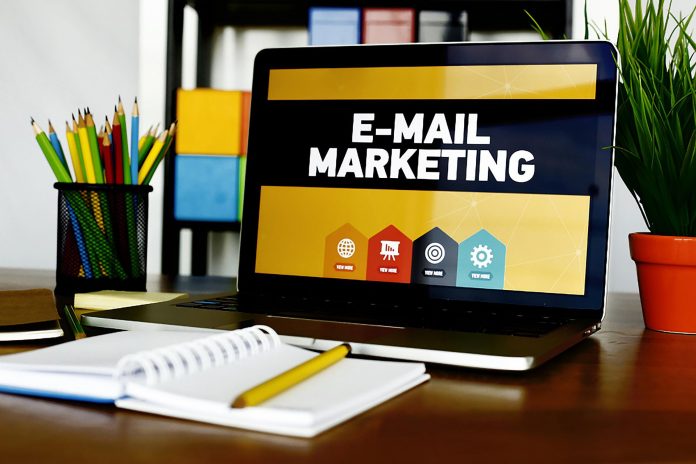Why You Should Avoid Cold Email Marketing
Cold email marketing has long been a go-to strategy for businesses looking to generate leads and expand their customer base. However, in 2025, this approach is increasingly ineffective, legally risky, and detrimental to brand reputation. While it may seem like a cost-effective way to reach new prospects, there are several reasons why businesses should rethink their cold email strategies. Here’s why you should avoid cold email marketing and focus on more effective alternatives.
1. Poor Deliverability and Spam Risks
Cold emails often trigger spam filters, leading to low deliverability rates. Internet Service Providers (ISPs) and email clients have become more sophisticated in detecting unsolicited emails, meaning your messages are more likely to end up in the spam folder rather than the recipient’s inbox. Repeatedly hitting spam filters can also harm your sender reputation and affect future email campaigns.
2. Low Engagement and Response Rates
Unlike opt-in email lists, cold email recipients are not expecting your message, making them less likely to open, read, or respond. Studies have shown that cold emails have significantly lower open and click-through rates compared to permission-based email marketing. If recipients do engage, they are often skeptical, leading to lower trust and conversion rates.
3. Legal and Compliance Risks
Many countries have strict data protection and anti-spam laws that regulate cold email marketing. Regulations like the GDPR (General Data Protection Regulation) in Europe and CAN-SPAM in the U.S. impose hefty fines for sending unsolicited emails without proper consent. Failing to comply with these laws can lead to legal repercussions and damage your company’s credibility.
4. Damage to Brand Reputation
Cold emailing can make your brand appear intrusive or desperate, especially if recipients find your outreach irrelevant or repetitive. A poor first impression can lead to negative word-of-mouth, public complaints, and even blacklisting of your domain, affecting future marketing efforts.
5. Increased Spam Complaints and Unsubscribes
Since cold emails are unsolicited, recipients are more likely to mark them as spam. A high number of spam complaints can get your email domain blacklisted, affecting your ability to send legitimate marketing emails in the future. Additionally, repeated cold emails can annoy potential customers, leading them to block or unsubscribe from your communications altogether.
6. Lack of Personalization and Trust
Effective email marketing relies on relationship-building and trust, which are difficult to achieve through cold emails. Many cold emails rely on generic templates and impersonal messaging, making them easy to ignore. Without a prior relationship or trust, recipients are unlikely to engage with your email or take the desired action.
7. More Effective Alternatives Exist
Instead of relying on cold email marketing, businesses should focus on alternative strategies that yield better results:
- Inbound Marketing: Create valuable content (blogs, guides, and videos) to attract prospects naturally.
- Social Selling: Engage with potential customers on LinkedIn and other social media platforms.
- Networking and Referrals: Build relationships through industry events and existing customer referrals.
- SEO and PPC Advertising: Target qualified leads through search engine optimization and paid ads.
- Warm Email Outreach: Connect with individuals who have shown prior interest in your business.
Final Thoughts
While cold email marketing may seem like a quick way to reach potential customers, the risks far outweigh the benefits. Poor deliverability, low engagement, legal restrictions, and damage to your brand reputation make it an ineffective strategy in 2025. Instead, businesses should invest in permission-based marketing tactics that build trust, foster engagement, and drive higher conversion rates. A well-crafted, ethical approach to email marketing will always yield better long-term results than a cold outreach strategy.


